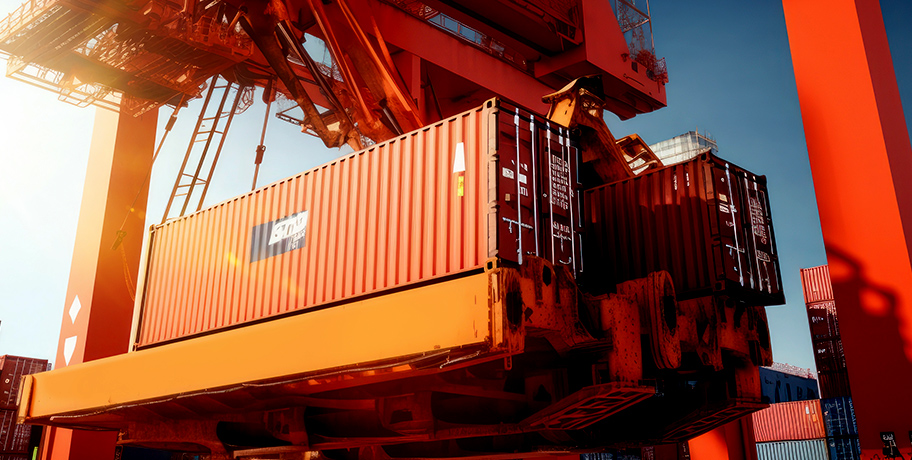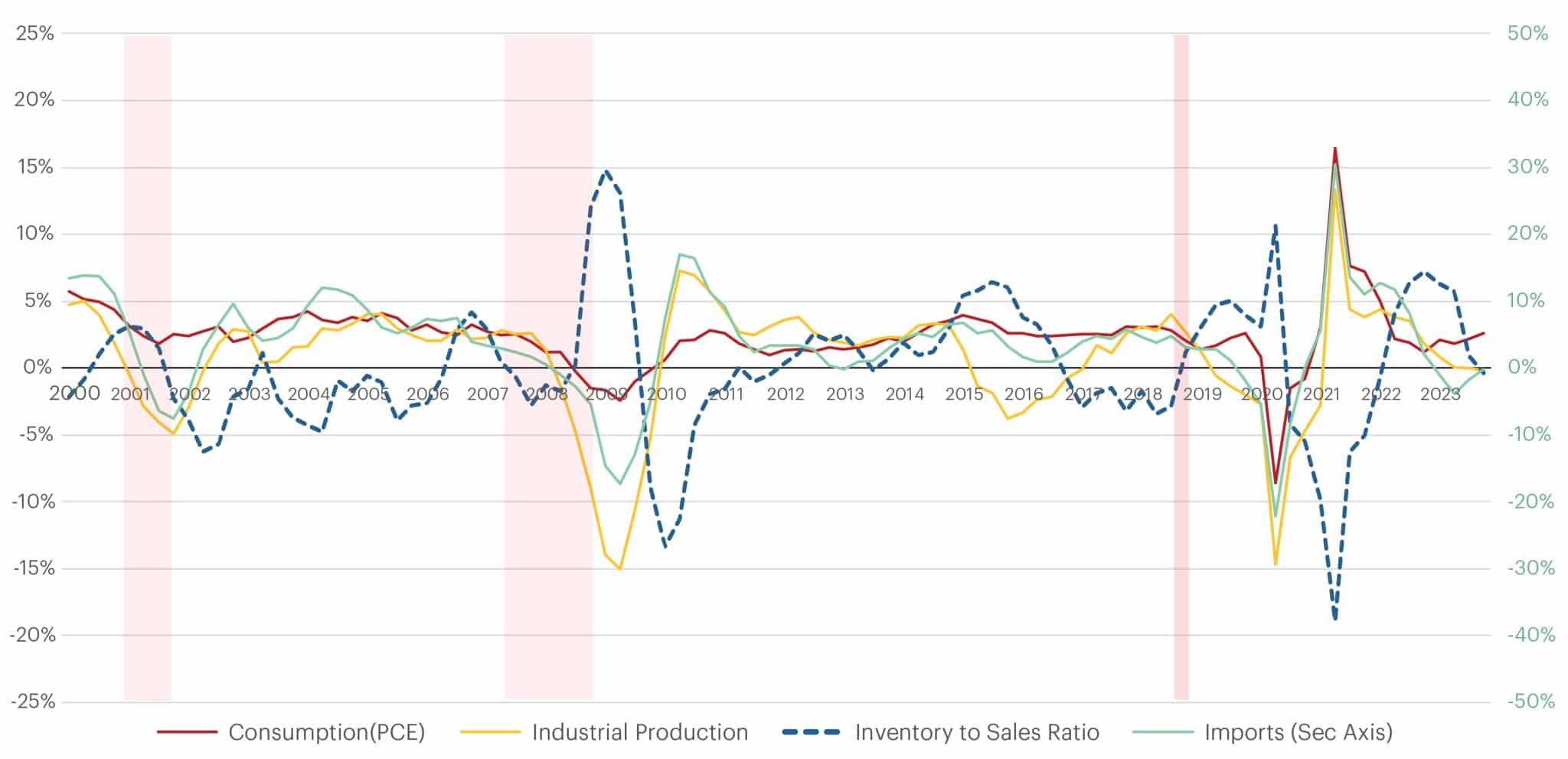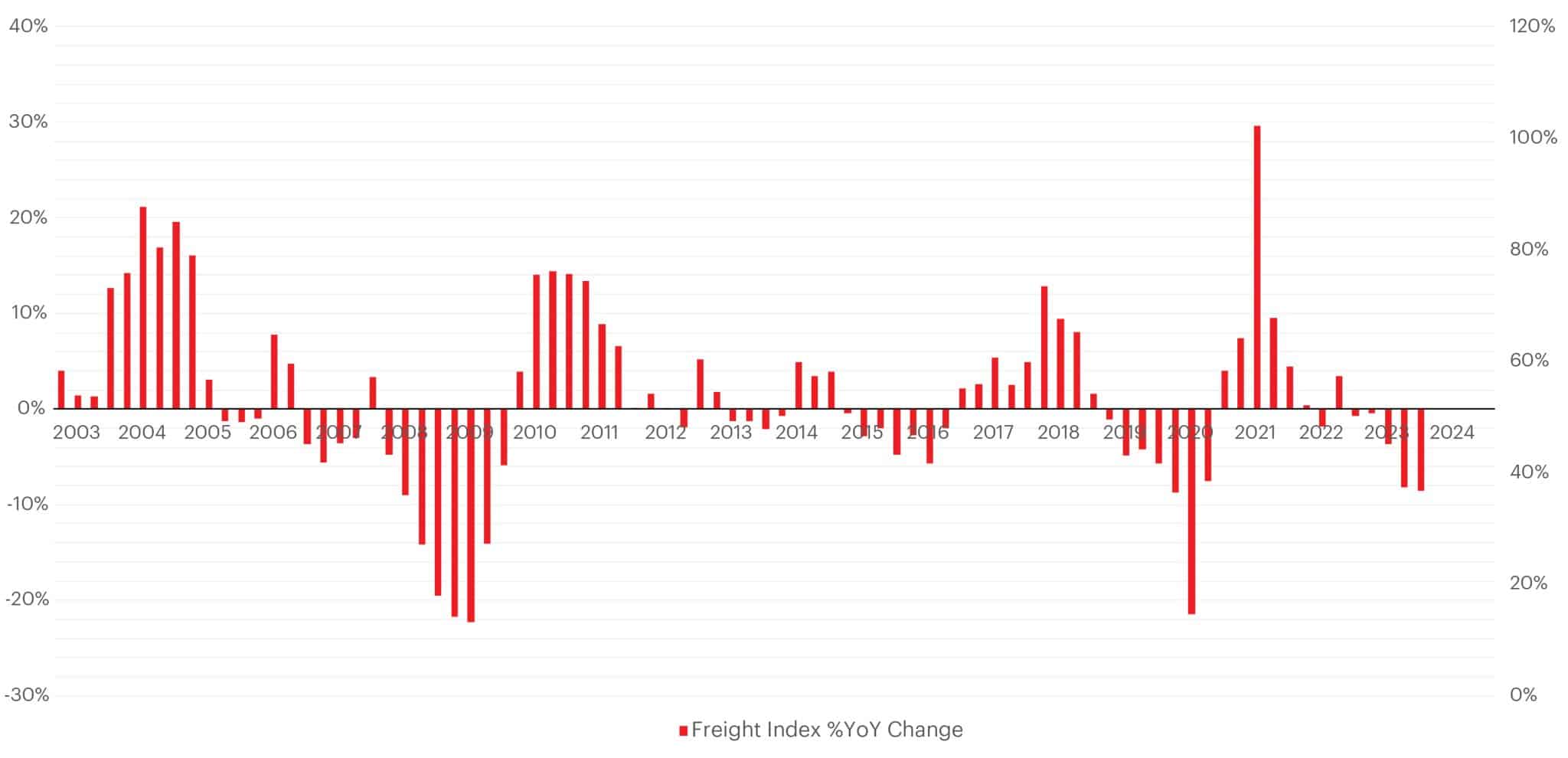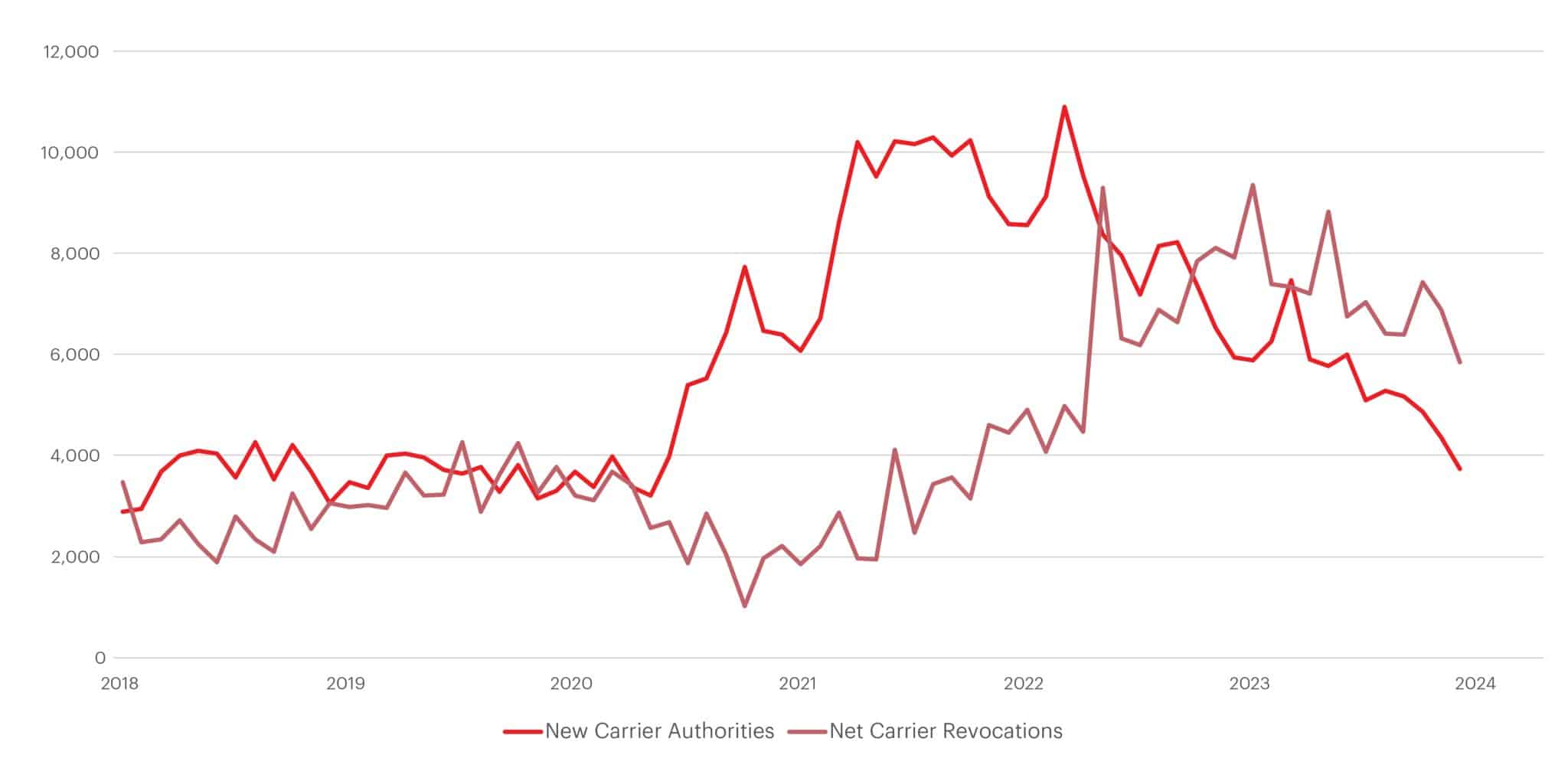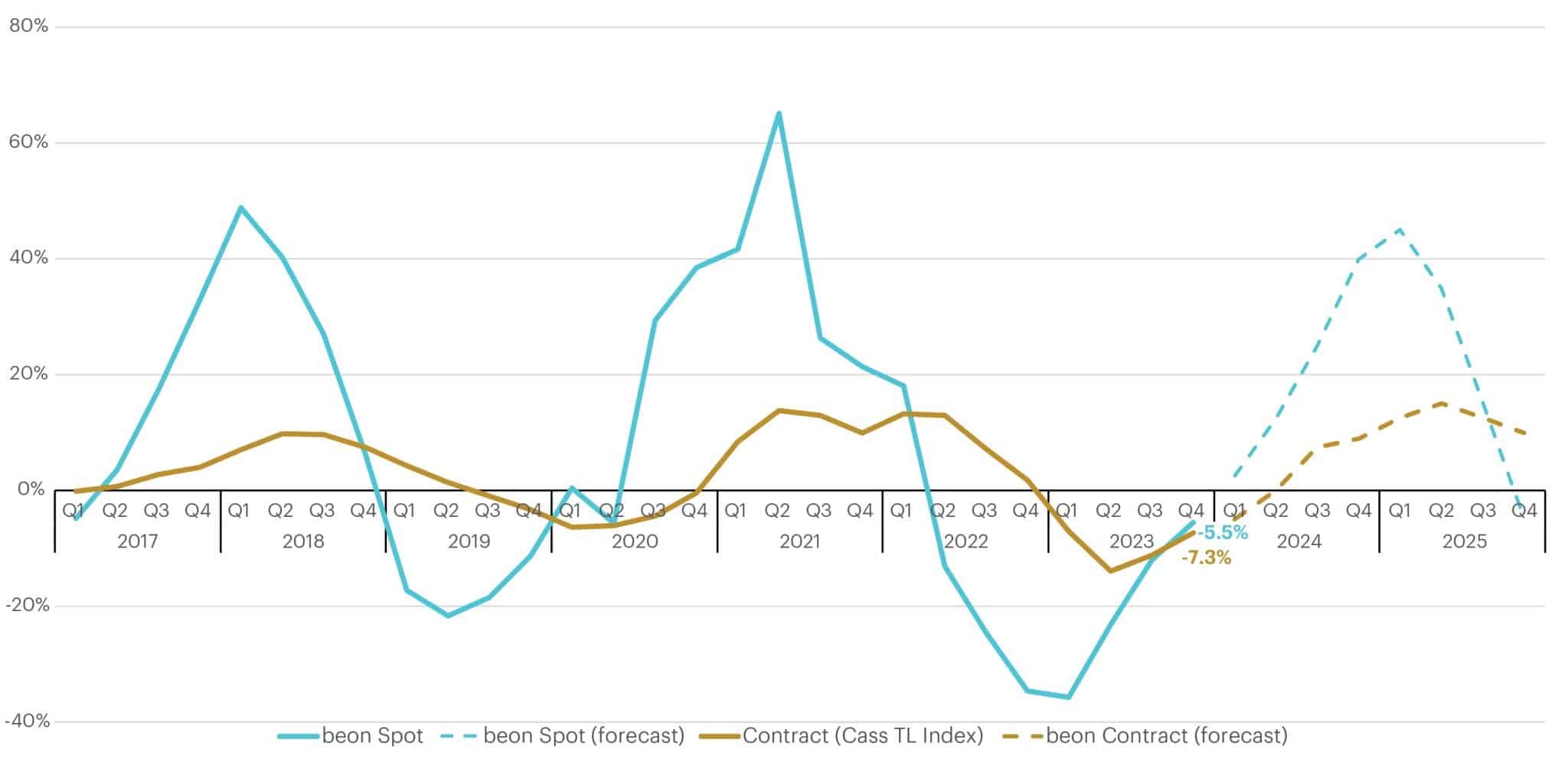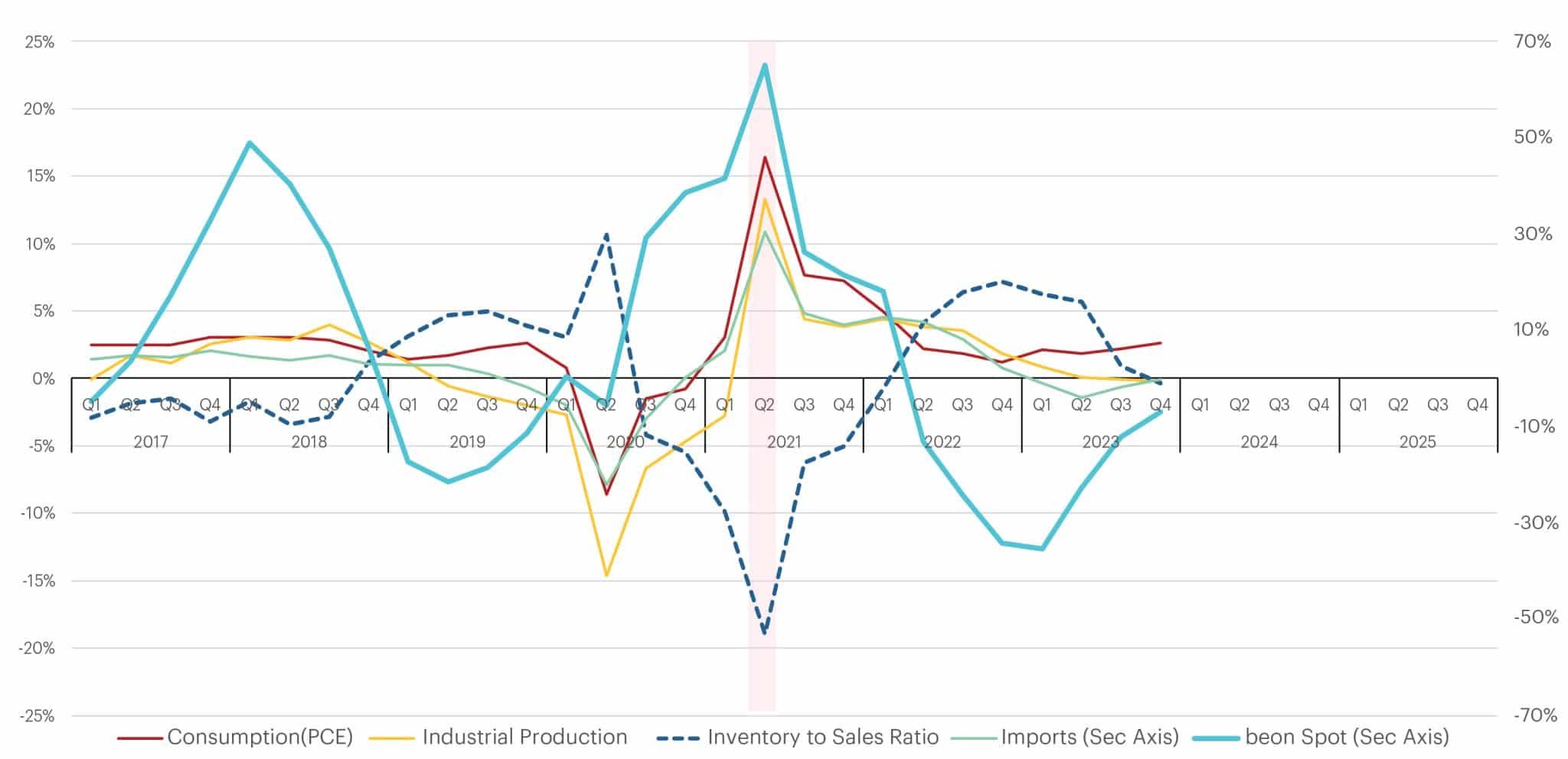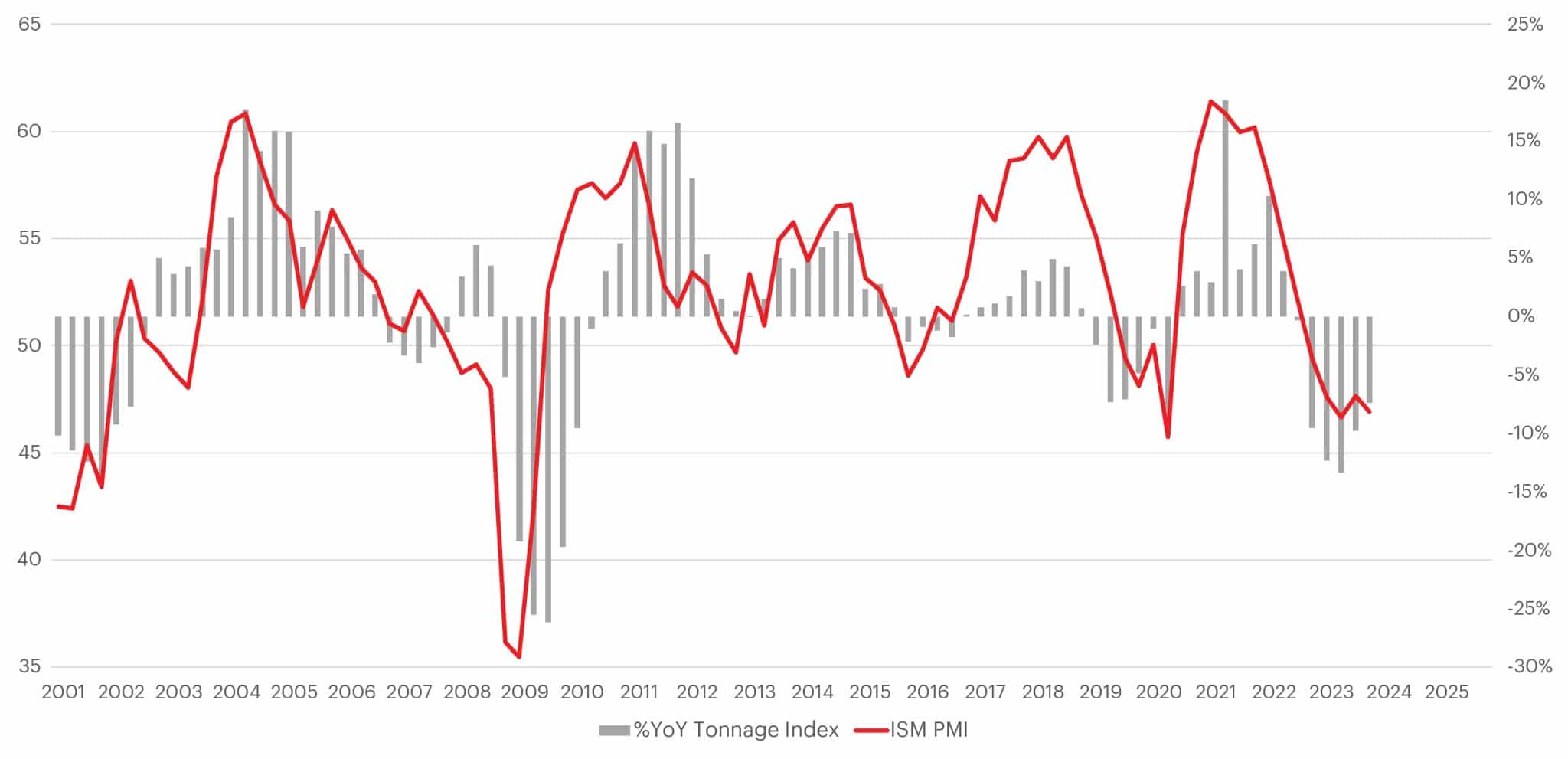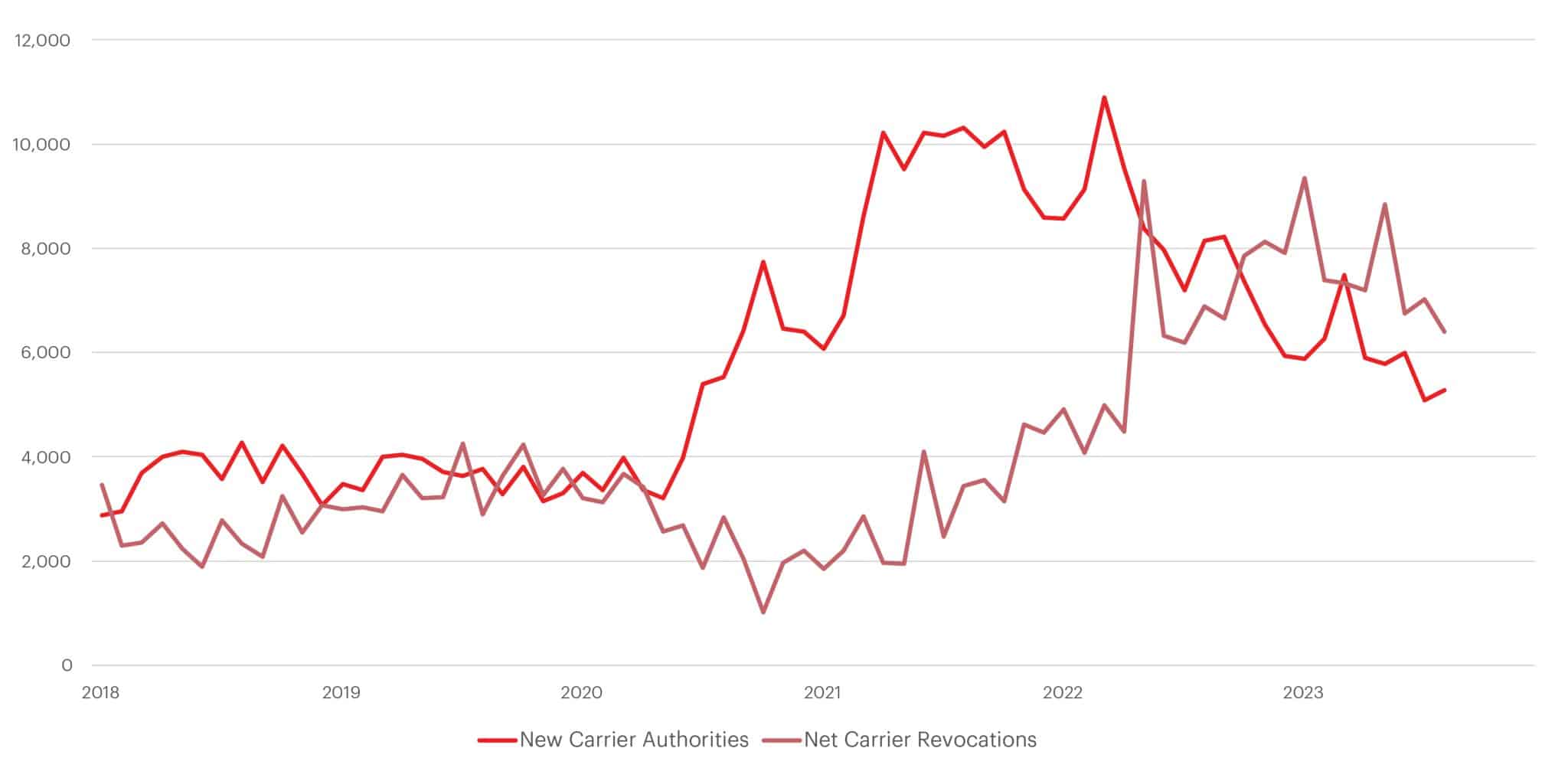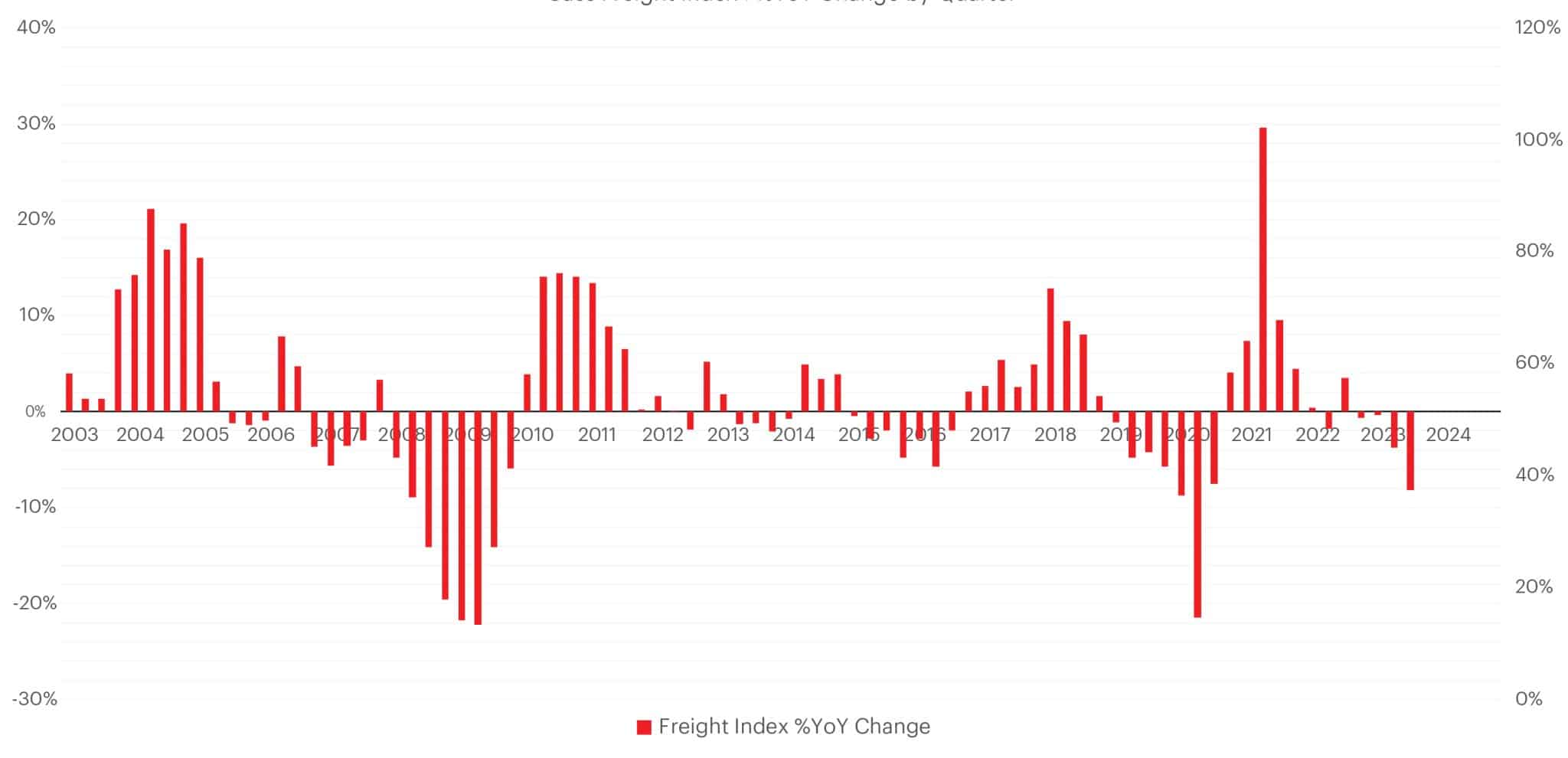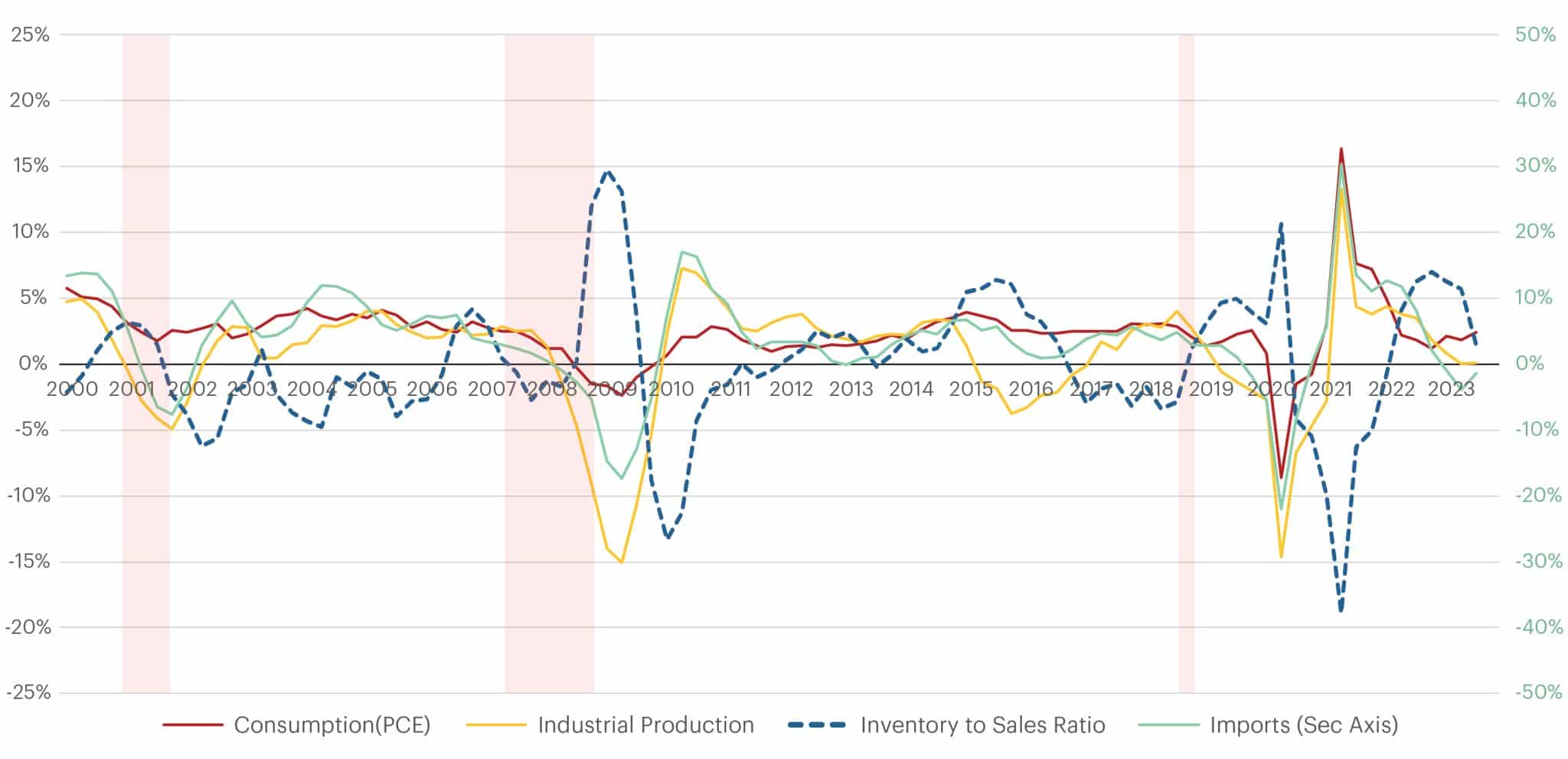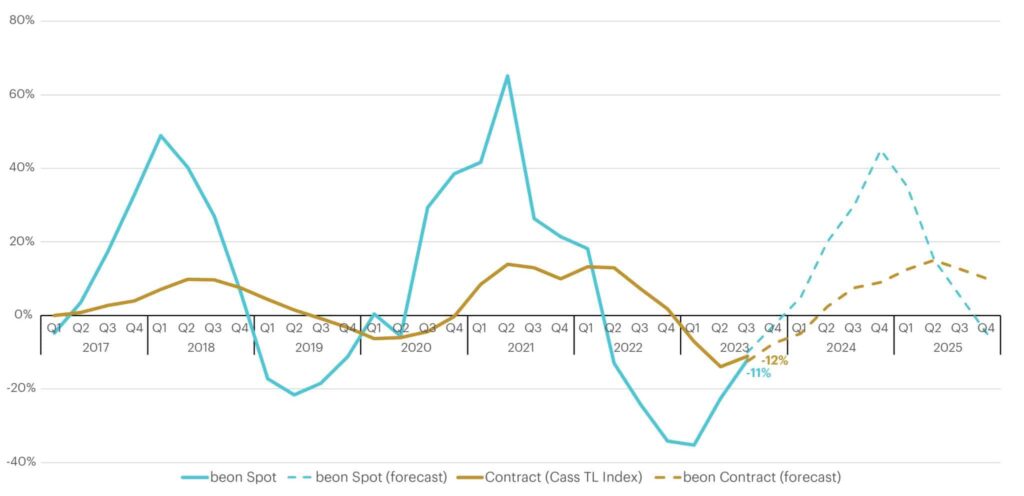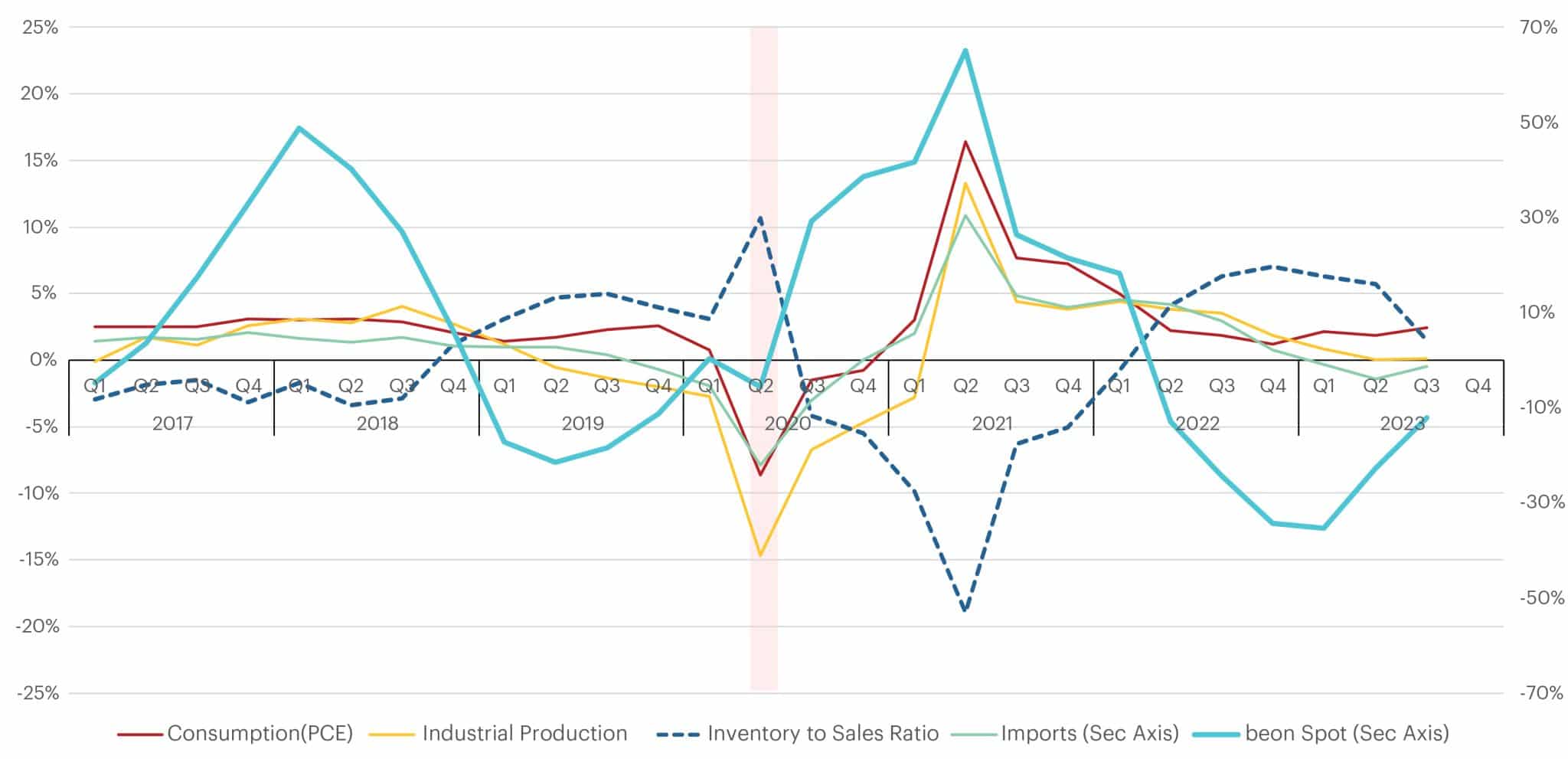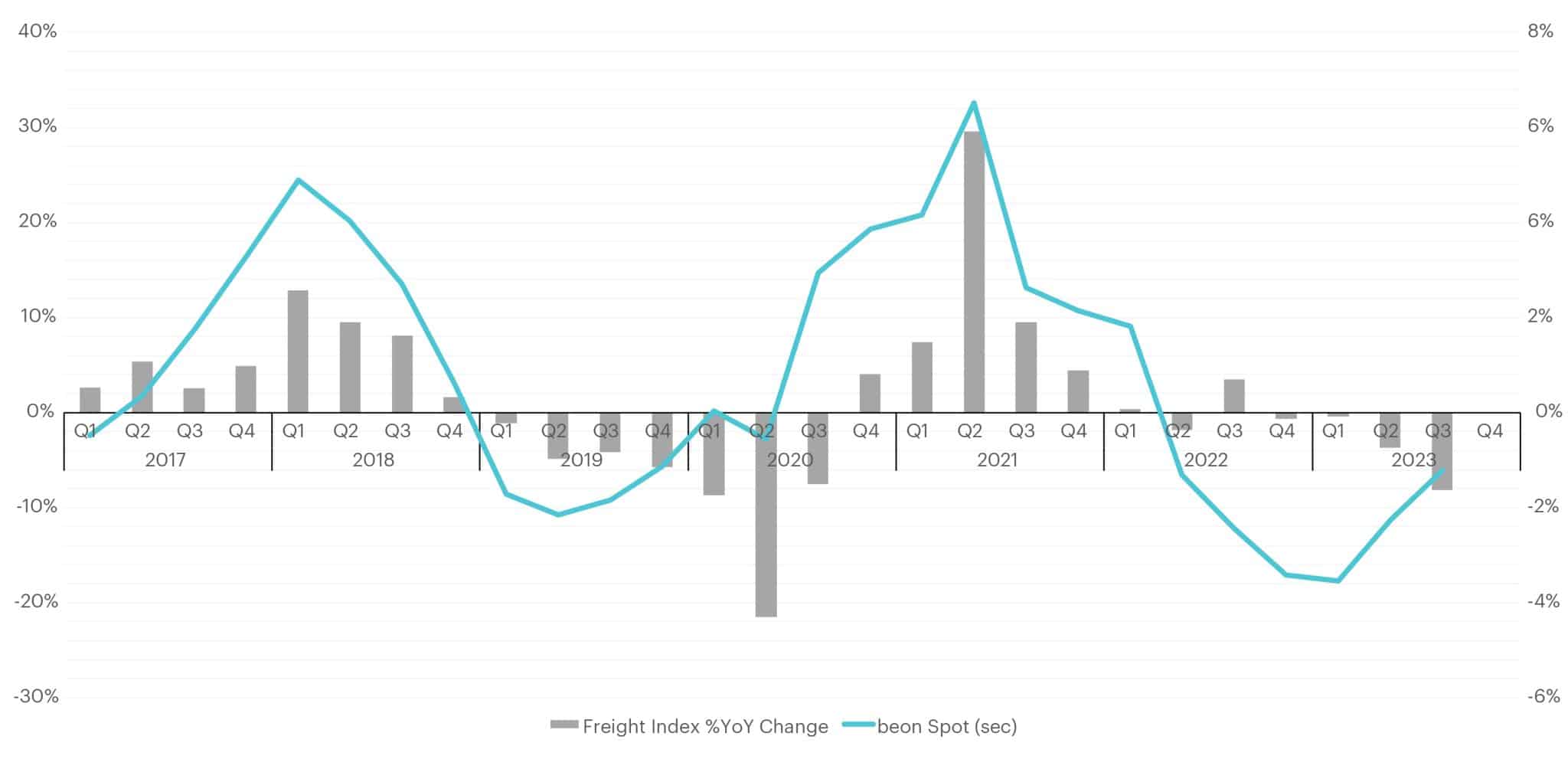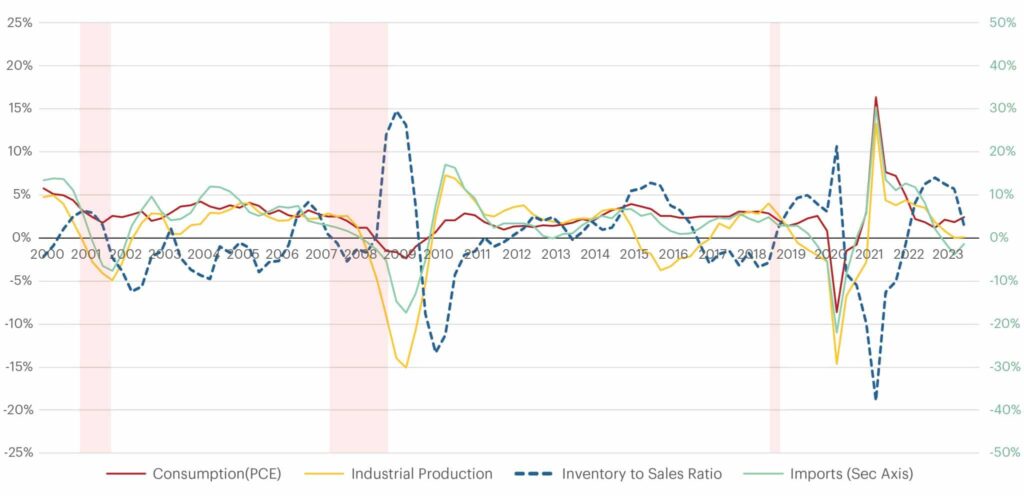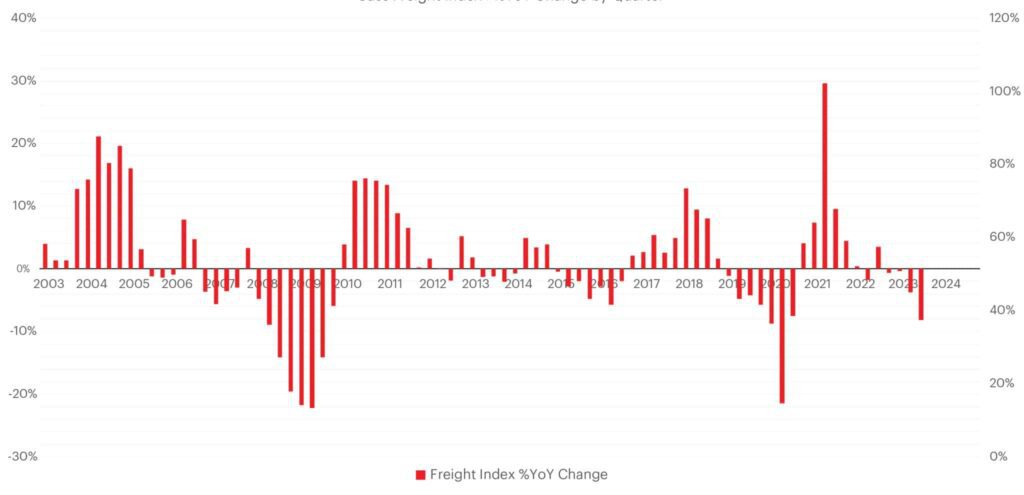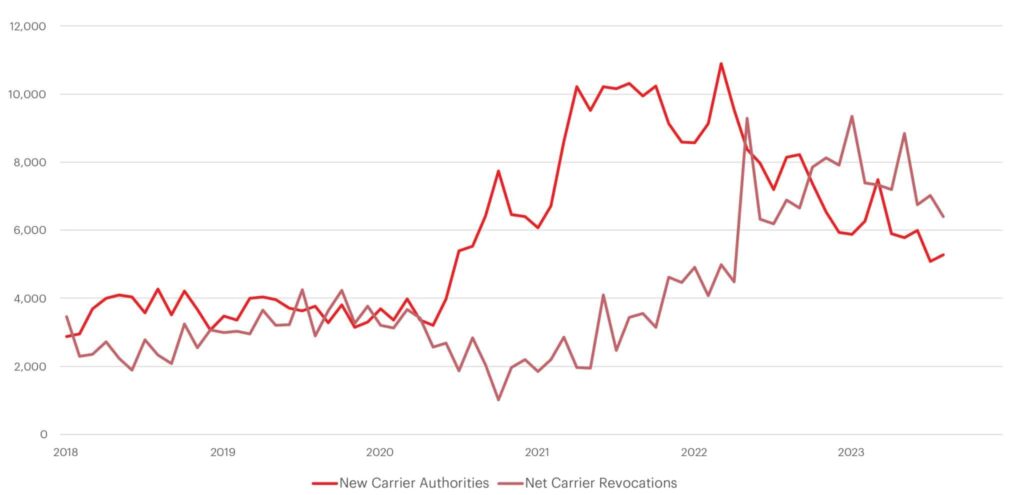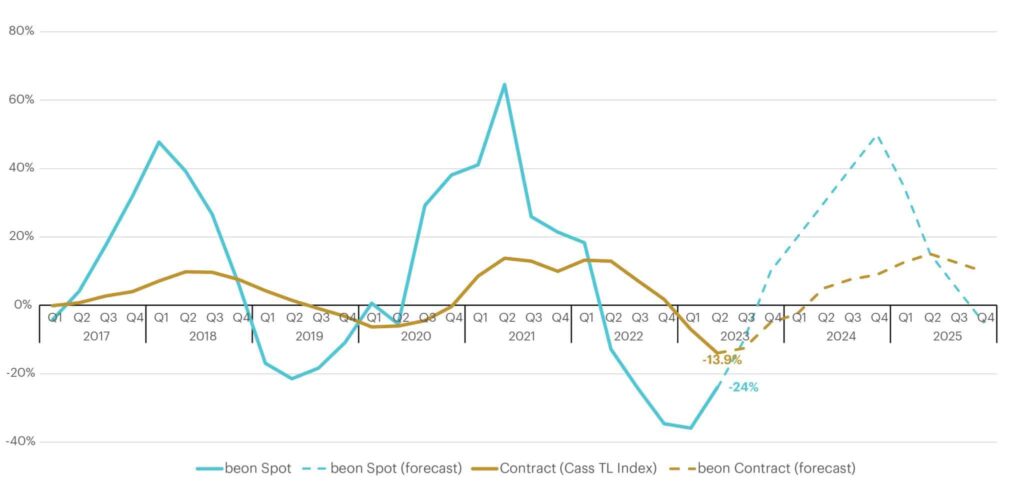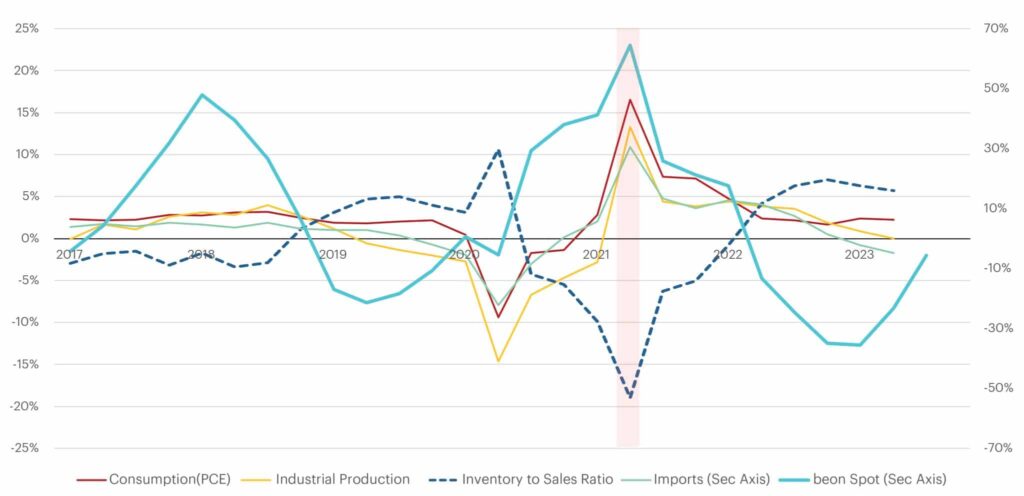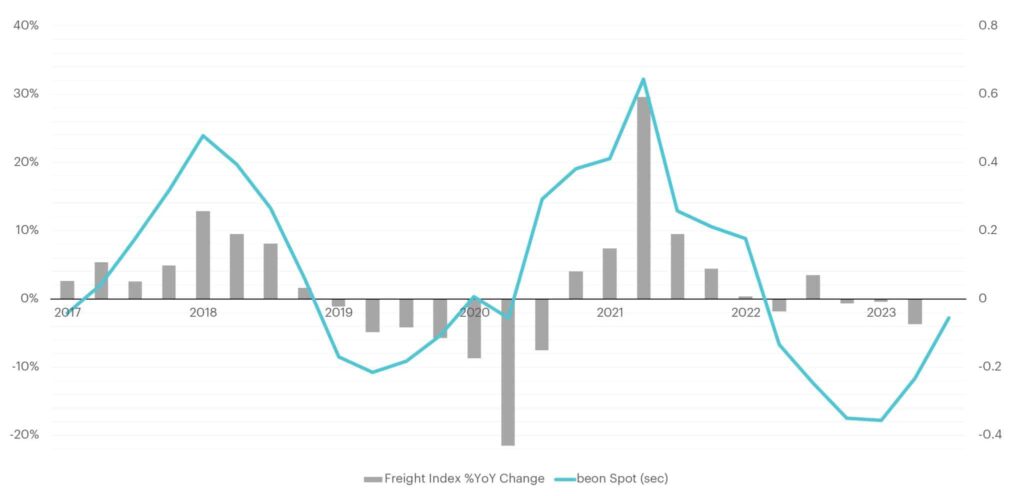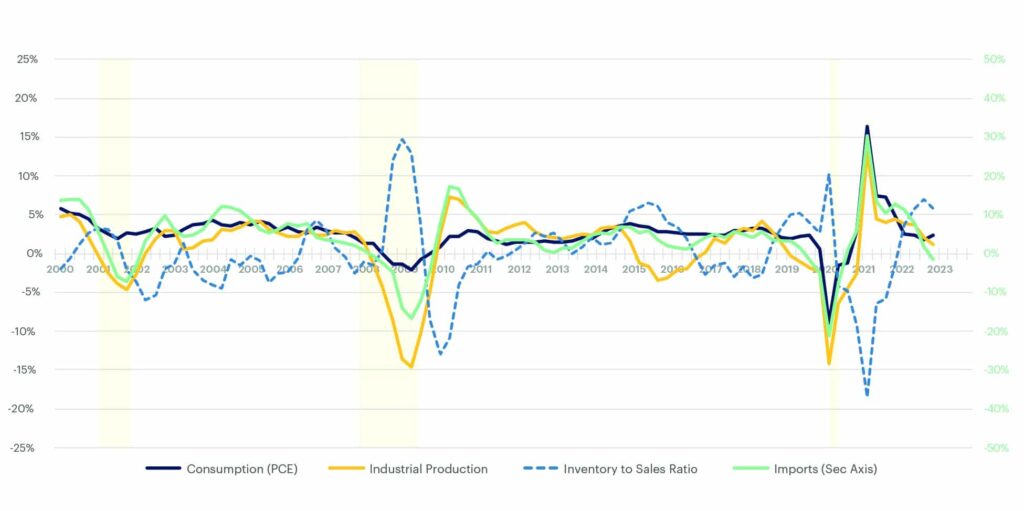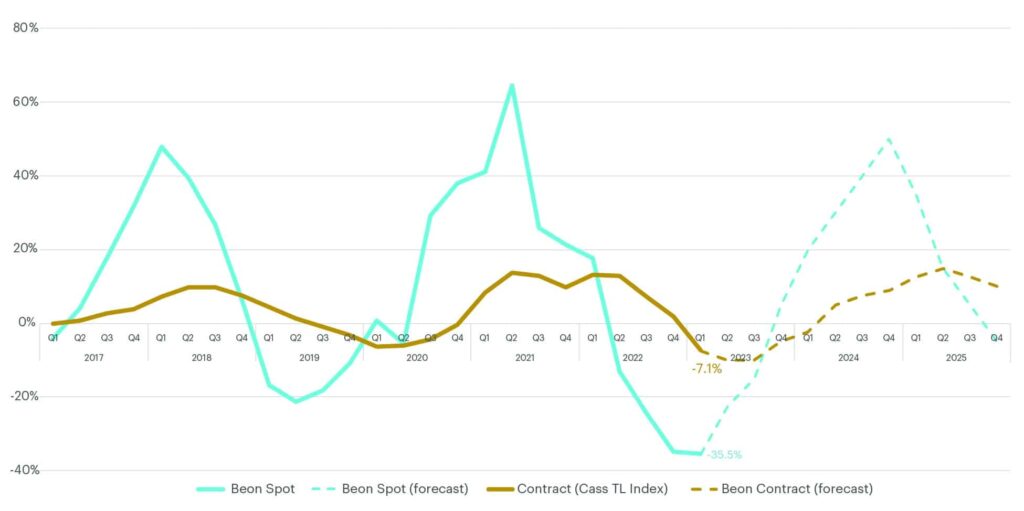STAY INFORMED AND UP TO DATE WITH THE LATEST DRAYAGE NEWS
Apr 18, 2024
Stay Informed and Up-to-Date with the Latest Drayage News
Welcome to our Drayage News Updates blog, your go-to source for weekly bullet points on the latest events in the dynamic world of drayage shipping. Get the latest news and industry updates for drayage, container shipping and imports for the U.S. Stay informed about current happenings and gain valuable insights into the industry’s trends, regulations, and innovations. Our concise and straightforward summaries will keep you up to date with the ever-changing landscape of container shipping, making us your trusted destination for all things Drayage.
April 15th: Port of Oakland Closes Amid Pro-Palestinian Protests
- On Monday, 4/15, the Port of Oakland’s four container terminals closed for the day shift as a precaution due to pro-Palestinian protests in the area. The port reopened in the afternoon.
- Pro-Palestinian demonstrators also targeted the Port of New York and New Jersey, particularly focusing on Zim Integrated Shipping Services. The port remained open. (JOC)
April 8th: FMCSA Waiver Provides Relief for Baltimore Drayage Companies Amid Port Closure
- Drayage transportation companies face the dilemma of relocating resources or hiring temporary help amidst the Baltimore port closure, as most dray drivers are used to going home each night.
- A recent FMCSA waiver granting two extra hours of service time could enable Baltimore-based drayage drivers to serve Norfolk while still being home at night. (Freight Waves)
April 1st: Port of Baltimore Closure Spurs Increased Costs and Challenges in Drayage Operations
- The closure of the Port of Baltimore is causing challenges in drayage operations, leading to increased trucking and warehousing costs as importers scramble to adjust distribution strategies.
- Shippers are facing the need to reconnect Baltimore-bound freight with alternative distribution channels, potentially involving longer drayage distances and additional warehousing needs.
- The diversion of freight among ports is prompting the need for new distribution centers and more drayage drivers, resulting in increased complexities and costs in the transportation network. (JOC)
March 25th: What you should know about the Port of Baltimore
- The Port of Baltimore is the busiest US port for car shipments and the largest by volume for handling farm & construction machinery, as well as agricultural products. Other top imports are paper and plywood.
- It is also the second busiest US port for coal exports. Other key commodities exported from the port are LNG, wastepaper, ferrous scrap and light trucks.
- The port handles nearly $800bn in cargo and services nearly 1,800 vessels yearly according to Maryland State Archives.
March 18th: Container Spot Rates Dip After Lunar New Year Celebrations Despite Market Strength
- Container spot rates from Asia to the United States are experiencing a seasonal dip post-Lunar New Year celebrations, despite market strength, attributed to increased carrier capacity and slow negotiations by major US retailers on annual service contracts.
- While container spot rates have dropped significantly, they remain higher than the previous year’s lows, suggesting a resilient market. Platts reports Asia-US rates of $3,000 per FEU to the West Coast and $4,500 to the East Coast, down from recent highs but not reaching last year’s levels, which sunk down to $1,050 and $2,050 for the West and East coast respectively.
- US retailers anticipate growth in imports from Asia, leading to increased projections for the second quarter and beyond, signaling positive signs for market expansion. (JOC)
March 11th: YoY February Imports Up 22.9%, Boosting Freight Demand
- While February imports are down 6% from January (normal seasonality), it’s important to note that YoY February imports are up 22.9%, which is a good sign for freight demand. While other factors are headwinds for freight, imports are providing a solid tailwind for the industry.
March 5th: Red Sea Disruptions Impact Ocean Carrier On-Time Reliability in January
- In January, ocean carrier on-time reliability decreased in January as a result of the disruptions in the Red Sea to 51.6%. This indicator is typically in the 70-80% range. (JOC)
- However, February experienced a bit of a rebound, at least in terms of shorter delays. The average delay for a ship from Asia to the East Coast, dropped from 11 days down to 8.5 days.
February 26th: Delay and Cost Increase in Cargo Shipments Due to Red Sea Attacks
- The attacks on merchant vessels in the Red Sea have led to delays in cargo shipments and increased shipping costs. However, the impact on inflation is expected to be muted due to soft demand and ample availability of ships.
- According to Alan Murphy, CEO of Sea-Intelligence Maritime Intelligence, “The present situation therefore does not present any reason to believe we will see a resumption of the Suez-routing anytime soon from the global carriers…Consequently, shippers should clearly plan for round- Africa as the new normal.” (JOC)
February 21st: Backlog at Oakland Terminal to be cleared in 2 weeks with added shift
- As reported by the JOC: A backlog of nine vessels at Oakland International Container Terminal (OICT), should be cleared within two weeks as OICT has temporarily added a third shift each day to reduce congestion at the facility. (JOC)
February 5th: Shipping Costs Surge as Container Spot Rates Reach New Heights
- Elevated container spot rates that have been increasing dramatically since the start of the new year.
- As of January 29th, spot rates from Asia to the West Coast are $4,421 or up 115% over this same time last year.
- East Coast spot rates from Asia are $6,165 or up 90.9% year over year.
January 29th: Shippers Advised To Plan Wisely to Tackle Rate Hike Challenges
- Importers, especially those constrained by contractual restrictions on surcharges, may face challenges in absorbing additional rate hikes.
- To navigate these issues, shippers are advised to understand their supply chain needs, utilize data for inventory planning, consider splitting shipments, collaborate with trusted logistics partners, explore different shipping modes and ports, diversify container types, and budget for potential delays during this critical period.
January 23th: Import Volume from Asia to US Set to Decline During Lunar New Year Period
- We spoke above about some of the impacts of Lunar New Year on imports from Asia to the US.
- Looking back to 2018 and the subsequent years, every year, less the COVID era, accounted for a 19-38% drop in import volume (TEUs) from Asia to the US from January to March.
- This year’s decline in import volume is expected to be more in-line with 2018-2019 levels.
January 15th: Descartes Reveals 2023 Imports Surpass Pre-COVID Years, With a 4.6% Increase Over 2019
- According to Descartes, 2023’s full-year imports came in at 24,959,664 TEUs. Compared to pre-COVID years, 2023 topped 2019 by 4.6%, 2018 by 3.8% and 2017 by 11.5%.
- Imports ended the year strong on the Gulf and East Coasts with jumps of 29.5% (Houston), 5.1% (NY/NJ), 6.3% (Charleston), 2.6% (Savannah), and 11.3% (Baltimore) from November into December.
- Numbers on the West Coast dropped month over month with Long Beach down 8.5%, LA down 5.3% and Tacoma down 26%.
January 8th: Freight Surge Expected at LA-Long Beach Ports Amidst Panama Canal and Suez Canal Threats
- Increased freight is expected at Los Angeles-Long Beach Ports given drought headwinds at the Panama Canal. This being paired with the Suez Canal/Red Sea shipping threats are sure to raise shipping prices from Asia to North America. The Shanghai – LA spot rate has already jumped 30% since December 21st. (FreightWaves)
- There are looming threats of a potential strike on the East Coast from the International Longshoremen’s Association (ILA). The ILA is seeking higher wages and pushing back against automation. The current contract is set to expire in October 2024.
December 18th: US Retailer Express Optimism for Import Forecasts for Early 2024 After Strong Holiday Sales
- In November, the West Coast’s market share of imports from Asia increased by five percentage points, reaching 58.6%. Ongoing challenges in the Panama and Suez canals, including missile attacks, may further drive cargo to the West Coast. (JOC)
- The full impact of canal disruptions is yet to be experienced, and diversions to the West Coast may become more discernible in January.
- US retailers are optimistic about early 2024, increasing import forecasts due to strong end-of-year holiday sales. December imports are expected to jump 11.5% over December 2022, with January imports projected to climb 6.6% year over year. (JOC)
December 11th: Port of Los Angeles Aims to Enhance Efficiency with New 80-Acre Near-Dock Storage and Maintenance Site
- The Port of Los Angeles intends to improve fluidity at its six container terminals by developing an 80-acre near-dock site that will be used for container storage and chassis maintenance and repair. (JOC)
December 4th: Panama Canal Restrictions Prompt THE Alliance to Seek Alternative Routes via Suez Canal
- The Alliance’s ocean carriers have decided to suspend Panama Canal transits until February for three of their weekly container services between the US and Asia. In response to the ongoing drought in the region, leading to increased delays for vessels, the Panama Canal Authority has imposed significant restrictions on ship transits. These restrictions are expected to become even more stringent in the upcoming months. Consequently, the carriers have opted for longer sea routes through the Suez Canal to navigate these challenges. (JOC)
November 27th: Efficient Terminal Operations as Container Dwell Time Reaches Yearly Low in Ports of NY/NJ
- Container Dwell Time, the time a container sits at the port after being discharged from the vessel, at the Ports of NY/NJ is at one of the lowest levels of the year at 2.17 days, indicating that terminal operations, on average, are flowing relatively smoothly.
November 20th: US Retailers Anticipate Record Holiday Sales Despite Lower Import Volumes Throughout the Year
- In October, US imports from Asia reached the highest point in 2023, with containerized imports increasing by 5.9% from September and 12.4% from October 2022, as retailers rushed to stock up ahead of the holiday sales season. (JOC)
- Despite the October surge, year-to-date imports were down by 16.6% YoY, attributed to softer import volumes throughout the year due to factors such as inflation and high-interest rates.
- However, US retailers are still anticipating record holiday sales this year of $966.6bn, up 3% to 4% over last year, and the Global Port Tracker forecasts continued year-over-year growth in imports at least through March 2024.
November 13th: Port of Houston Experiences Growing Congestion
- Over the past 2 weeks, ocean container dwell time at the Port of Houston increased by a full day, to 4 days wait time, for picking up a container once discharged, indicating increased congestion.
October 30th: NACPC Launches MPOC to Double Chassis Pool and Boost Interoperability in Memphis
- The North American Chassis Pool Cooperative (NACPC) has launched the Memphis Pool of Choice (MPOC) in response to frustration among truckers and cargo owners with restrictions on chassis used for hauling ocean containers. The goal is to double the pool’s current 2,500 units within a year, with NACPC and Milestone Equipment Holdings as primary chassis suppliers. (JOC)
- MPOC aims to promote interoperability, allowing any chassis to be used with any container. NACPC is competing with Consolidated Chassis Management (CCM) in the Memphis market, claiming to offer a better chassis pool, while CCM believes NACPC’s approach may further fragment interoperability and hinder efficiency. (JOC)
October 23rd: Trans-Pacific Carriers Turn to Lázaro Cárdenas Port to Overcome Draft Limitations at Panama Canal
- Trans-Pacific ocean carriers are increasingly using Mexico’s Port of Lázaro Cárdenas as an alternative route to reach the US Midwest, bypassing the draft limitations of the Panama Canal. This shift is driven by the desire to tap into the port’s strategic advantages and growing intermodal opportunities. (JOC)
- Although Lázaro Cárdenas is the second-busiest container port in Mexico, it was not a regular stop for trans-Pacific services. However, this is changing rapidly. Carriers like Zim Integrated Shipping are now adding it as a direct call, creating a gateway for US-bound cargo with an emphasis on selected US inland destinations.
October 16th: West Coast Ports Report Surge in Market Share for US-bound Freight from Asia
- US Imports from Asia show a slight YoY gain in September at +1.4%, up from August’s -14.7% YoY. A significant portion of this freight has landed on the West Coast. Port and terminal sources are confident the uptick in West Coast market share will continue. (JOC)
- Gene Seroka, executive director of the Port of Los Angeles, said retailers in September began to return an increasing share of their discretionary cargo to the West Coast following the ILWU contract ratification. Key items to watch for shippers looking to move freight back to the West Coast are the Panama Canal water levels and the East Coast ILA contract negotiations ahead in 2024. (The Business Journals)
October 9th: Port of Savannah Battling Backlog of Vessels Amid Recent Closures
- The Port of Savannah is working its way through a backlog of 16 vessels that have been stacking up in recent weeks amid a string of closures. While shippers say the situation – which could linger through mid-November – is less than ideal, many noted there has been no significant impact yet. (JOC)
- Savannah’s Container Discharge Dwell time is currently 2.37 days, which is in line with where it has been through the summer; it’s also the shortest of the major ports across the country.
October 2nd: PN2 Service Absorbs Calls as The Alliance Cancels PN3 Service Following Market Turmoil
- The Alliance, a group of major ocean carriers, has suspended its Pacific Northwest 3 (PN3) service due to the current market situation, adding to a series of canceled sailings and service changes aimed at balancing ship supply with import demand. The Pacific Northwest 2 (PN2) service will absorb calls to the Asian ports previously served by PN3. (The Loadstar)
- The trans-Pacific trade route is experiencing significant service cuts and blank sailings as Asian imports to the US decline. Drewry’s canceled sailings tracker indicates that the trans-Pacific will account for the majority of canceled sailings between mid-September and the end of October, potentially leading to schedule disruptions and delays for shippers and beneficial cargo owners.
September 26th: Container Shipping Industry Takes Bold Steps Towards Decarbonization with Green Corridor Announcement
- A green shipping corridor was announced between the ports of LA, Long Beach, and Shanghai to combat the global climate crisis. These are accelerated decarbonization efforts steps in reducing the emissions of container ships, but that comes at a cost which would be pushed to down to the customer. Some analysts are expecting costs to be in the trillions over the next 2-3 decades.
- Zim, one of the worlds largest shipping lines, is looking to take advantage of the Port of Savannah’s expanded refrigerated cargo infrastructure by creating a direct route to the West Coast of South America.
September 18: On-Time Performance for Trans-Pacific Vessels Set to Plummet as a Result of Mass Cancellations
- Trans-Pacific lines are responding to the weak import volumes by blanking 200k+ TEUs of capacity in September and have announced an additional 370k+ TEUs in blanks for October, about 14% of trans-Pacific capacity, according to Sea-Intelligence.,
- To prevent freight rates from collapsing, trans-Pacific carriers will reduce effective capacity through a “massive number of blank sailings,” Alan Murphy, CEO of Sea-Intelligence, said. Those canceled sailings will drag down vessel on-time performance, which is already at the dismal levels ~40% to the West Coast and ~39% to the East Coast.
- Given the above, and less any major disruption or enormous surge in demand, shippers should expect low container rates and low service levels heading into 2024.
Recent Posts

Dry Van Shipping: Back To Basics

What is a Bill of Lading?

